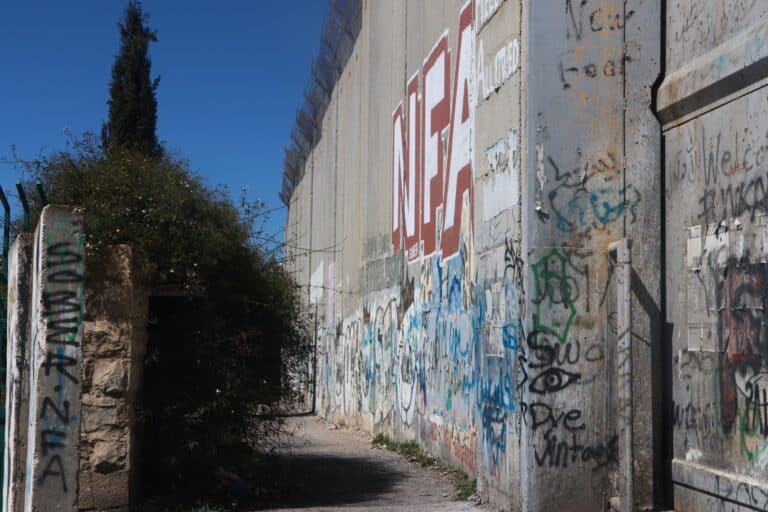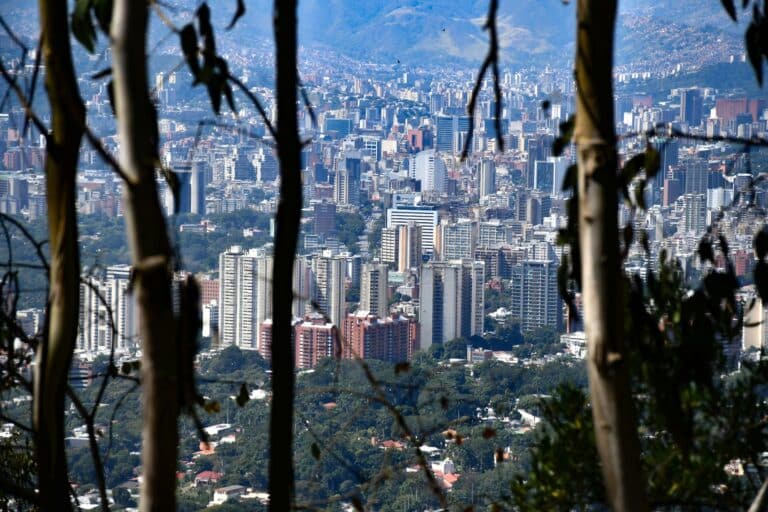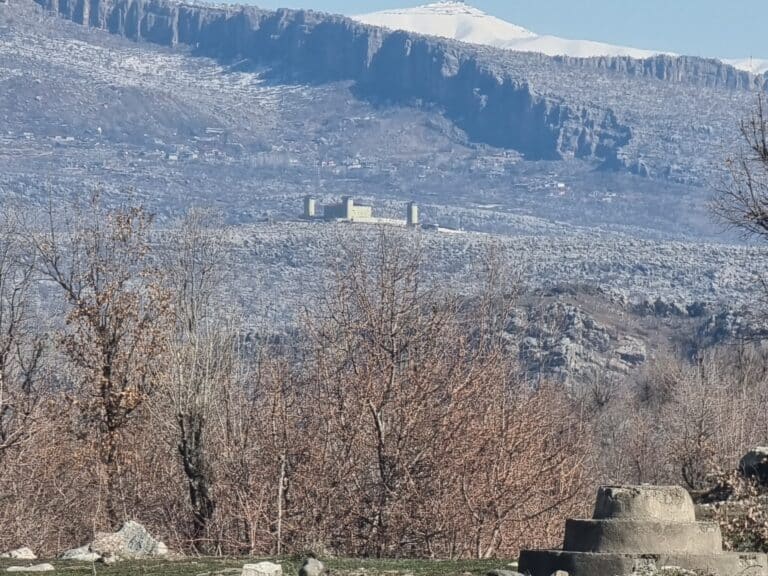Διαβάστε στα ελληνικά | Lee en español
Over two nights, from 8 to 9 September, Moria camp burned to the ground. This symbol of Europe’s border policies of deterrence had masqueraded as a ‘reception centre’. The fire that caused its detainees to flee revealed its true nature – a death trap.
Since 18 March, Moria has been in lockdown. The Greek authorities used the Covid-19 pandemic as an excuse to segregate and isolate the migrant population. After the first positive case of Covid-19 was detected in the camp, 2,000 were tested for the virus, revealing it had spread into an outbreak. For six months, the authorities took no preventive measures. The Municipal government shut down a quarantine space run by Médecins Sans Frontières, opening instead a Dutch-funded medical centre with no staff. The Greek State’s proposed solution to the pandemic – a border fence contracted to construction company AKTOR for 845,000 Euros – showed no strategy except for more police control. They planned a ghetto in which only the fittest survived.
Some among the camp’s population pushed back through the only means possible. All saw that the Greek State was using the Covid-19 pandemic to justify creating Europe’s largest prison. Some took the Greek State’s opportunism as a reason to doubt whether the outbreak was real. They broke into the clinic quarantining the Covid-19 patients and released the people inside. Fires broke out. According to one witness, “every side is burning, North, South, East, West.” Fires consumed buildings representing the bureaucratic infrastructure managing and supporting the border system, including the UNHCR and European Asylum Support offices. On the first night, they destroyed 75% of the camp, and the rest of the camp the next night.
The fires spread to Moria’s Pre-Removal Detention Centre (PRO.KE.K.A), a hotspot of state violence, sometimes torture, where most detainees are held only for administrative infractions. As the fire came closer, the prison’s inmates tried to scale the fence before its guards realized defeat, gave up, and let the people go. For the detainees, the fires liberated.
With no evacuation plan, the police first responded with the only method of crowd control they knew: teargas. Police turned away many coming to provide aid (as they did in the aftermath of the September 2019 fire that resulted in the death of Faride Tajik). As the fires spread, the lockdown came to an abrupt end, an exodus of people leaving Moria camp made containment impossible. Still, police blocked the way of migrants attempting to reach Mytilene, setting up a roadblock close to Kara Tepe camp (midway between Moria and the city).
As those fleeing Moria gathered at its western Larsos exit, vigilante groups riding motorbikes patrolled the road to survey the scene before heading back to Moria village. There, a far-right mob blocked the path of those attempting to flee the camp through the village. The mob’s actions stemmed from a culture of impunity created by years of failure from police and prosecutors to act on far-right violence. Over the last year, the island’s racist Right has been more active. Since mid-July, far-right protest groups have organised four demonstrations against the presence of Moria camp, during which they attacked an NGO vehicle that had to flee the scene under police escort, and smashed the cars of suspected NGO workers. On 20 August, a demonstration led to skirmishes in the camp during which far-right protesters beat migrants while police allegedly watched and refused to intervene.
For two nights, those attempting to escape the fires have found their route blocked by police on one side and far-right patrol groups on the other. A friend from the camp told the team on 8 September that he found himself running back and forth between the camp and nearby Moria village, trapped between a far-right mob and a police blockade, before running to hide in the nearby woods. Since the evening of the 8 September, the barricade blocking the most direct route from the camp to Mytilene has remained in place, leaving thousands of migrants trapped on the open road. On 9 September, Prime Minister Mitsotakis claimed that Greece would “defend … its national dignity, together with its humanity for the weak”. That evening, police teargassed those attempting to walk to Mytilene; locals again blocked the path through Moria village, while a mob of roughly 200 was reported to be waiting at the camp’s western Larsos exit. Far-right patrol groups were spotted at the site of an abandoned military base close to the Gera Gulf to which the Greek authorities were going to transfer migrants. By the morning of 10 September, locals had set up their own roadblock with heavy-duty trucks at the Larsos exit, with the support of far-right protest groups and the endorsement of the Mayor of Mytilene, to prevent the re-establishment of the camp.
The Greek State has responded by placing Lesvos in a state of emergency for four months, which ‘all national forces’ will support. Prime Minister Mitsotakis claimed that the situation in Moria was a ‘matter of … national security’, announcing a total travel ban for every ‘immigrant and refugee’. He also praised the ‘efficiency’ of Greek ‘controls at our maritime borders’, a veiled reference to widely-reported illegal and deadly pushbacks of new arrivals at sea, which had ‘drastically reduced illegal entries’. The President of the European Commission, Ursula von der Leyen, who in March praised Greece for being ‘Europe’s shield’ as state troops shot and killed Muhammad Gulzar for attempting to cross the Evros border from Turkey, said that the Commission was ‘ready to support Greece’. The government’s initial response was to send Michalis Chrisochoidis, the Minister for Citizen Protection, the state department responsible for policing and prisons, along with extra police units. Thousands of migrants, some needing urgent medical attention, are trapped and hungry on a stretch of road that no aid workers can access from the outside. No one has coordinated food and shelter.
The Nea Demokratia government, elected in July 2019, has managed Moria through policies of indifference and an infrastructure capable only of punishment. It has done nothing to decongest the camp’s population, designed to temporarily house 3,000, allowing it to balloon to over 20,000 at its peak. It has attacked civil society, restricting access to NGOs and criminalising human rights observers and those in the migrant solidarity movement. It has fed fascism through its language of warfare, painting migrants as an ‘asymmetric threat’ from Turkey, and migration-focused NGOs as an enemy within. Nea Demokratia has overseen an architecture of violence in Moria camp and Lesvos as a whole. The fires were ‘the violence of the violated’. The five-year crime of Moria has come to an end, and perhaps those forced to live there would have been a little relieved, if the next days were not worse than those that came before.




